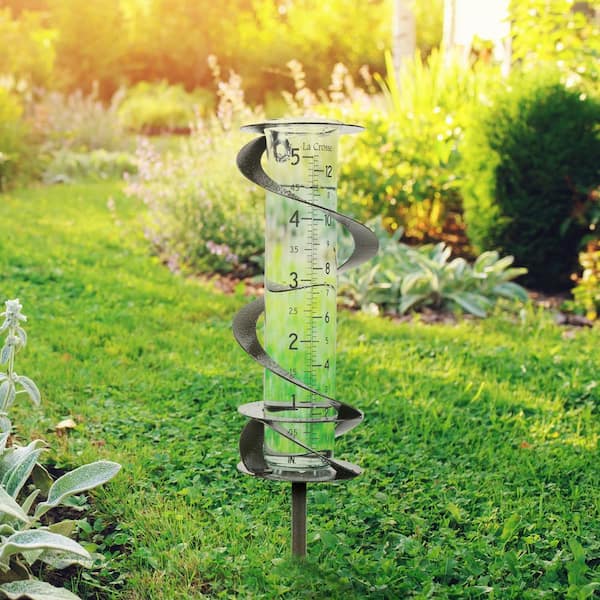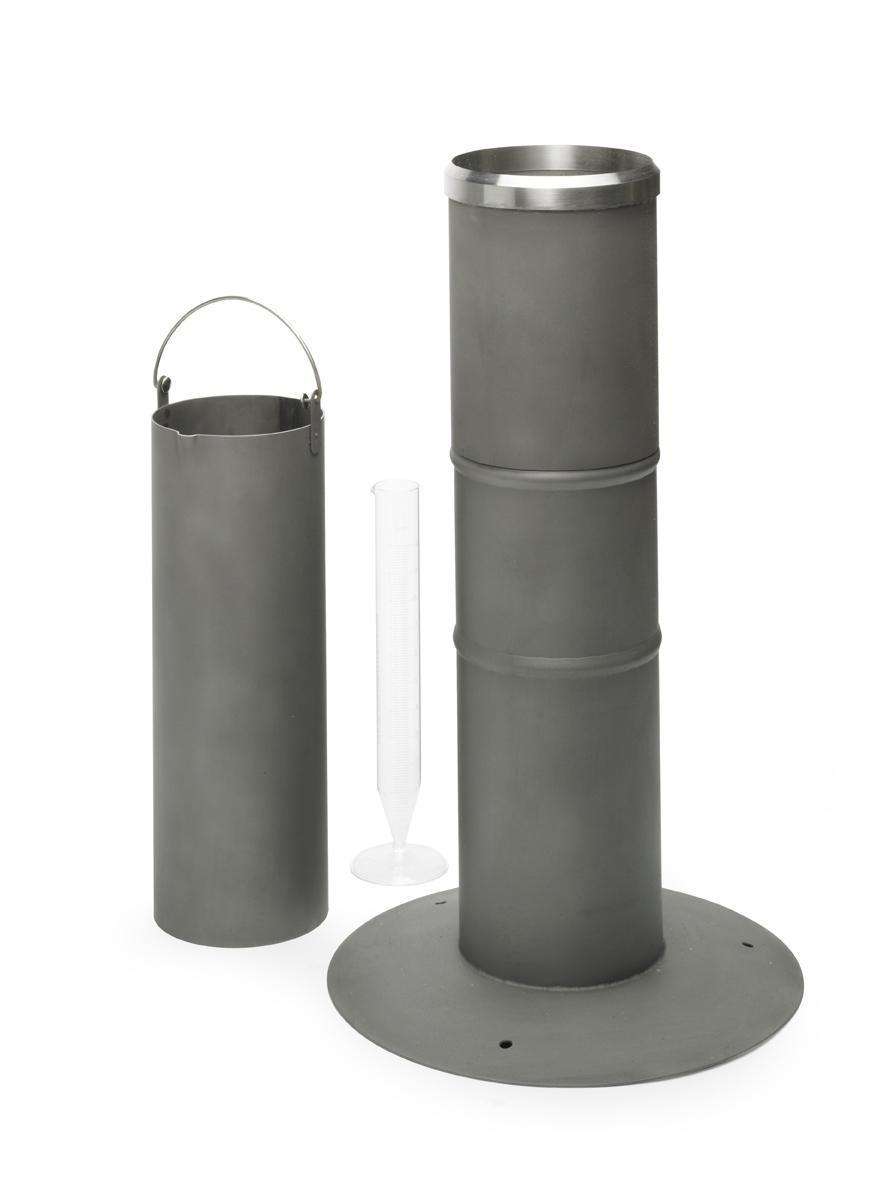How a Rain Gauge Can Boost Your Recognizing of Local Environment Patterns
How a Rain Gauge Can Boost Your Recognizing of Local Environment Patterns
Blog Article
Revealing the Scientific Research Behind Rain Determines: Exactly How These Gadgets Play an Important Function in Environment Research and Environmental Surveillance
Rainfall gauges, apparently straightforward tools, hold an extensive significance in the realm of environment study and ecological monitoring. As we peel off back the layers of this scientific veil surrounding rain evaluates, we uncover a world where accuracy, information precision, and careful observation converge to reveal a much deeper understanding of our transforming environment and its impact on the earth.
Relevance of Rainfall Scales
Rain evaluates play an essential role in monitoring and measuring rainfall levels, supplying vital data for environment research study and analysis. These tools are fundamental in quantifying the quantity of rainfall that takes place in a details area over a particular period. By measuring and accumulating rainwater, rainfall assesses offer useful insights right into the circulation and intensity of precipitation, helping meteorologists, hydrologists, and climatologists in understanding weather condition patterns and trends.
Additionally, long-term data accumulated from rainfall determines aids in assessing environment change effects and patterns, contributing considerably to clinical research and decision-making procedures. In essence, rain gauges serve as crucial devices in the area of meteorology and environmental scientific research, playing an important duty in advancing our understanding of climate and environment characteristics.
Kinds Of Rainfall Scales

Functionality and Procedure
In the world of climate research and atmospheric researches, the performance of rain evaluates hinge on their intricate capability and specific operational systems. Rainfall gauges are developed to accurately determine the quantity of rainfall that falls over a certain location throughout a set duration. These tools generally include a funnel that collects rainwater and channels it into a gauging tube. The determining tube is noted with adjusted measurements that enable the specific quantification of rainfall.
The capability of rain determines is based on the concept of gauging and collecting rain in a standard manner. This gathered information is essential for recognizing local weather condition patterns, tracking long-lasting climate trends, and evaluating ecological impacts. To make sure accurate dimensions, rain assesses requirement to be strategically put in open locations away from obstructions such as structures or trees that can disrupt the collection process.
The functional facet of rain evaluates involves regular maintenance to avoid debris accumulation, calibration checks to maintain measurement precision, have a peek at this site and information videotaping for analysis (rain gauge). On the whole, the performance and operation of rain evaluates are necessary for collecting reputable rainfall information essential to environment study and ecological monitoring
Role in Climate Research
Given the essential relevance of exact rainfall dimensions in recognizing climate patterns and ecological influences, the function of rain assesses in environment research study is indispensable. Rain evaluates give essential information for environment research study by measuring the amount of precipitation that tips over a specific area throughout an offered period. This data is essential for keeping an eye on long-lasting trends in precipitation patterns, analyzing the influence of environment change on rains distribution, and improving environment designs.

Climate scientists use information collected from rainfall evaluates to assess variations in precipitation degrees, identify local climate patterns, and evaluate the performance of water resource monitoring techniques. By contrasting historical rainfall data with present dimensions, scientists can identify shifts in precipitation patterns, such as changes in the regularity or strength of rainfall important site events. This details is important for understanding exactly how climate adjustment is influencing rainfall dynamics and can help policymakers make notified choices concerning adjustment and mitigation methods.
Applications in Ecological Monitoring

In flood projecting, rainfall scale data helps to track rainfall strength and circulation, allowing authorities to release prompt warnings and take required measures to minimize flooding dangers (rain gauge). Drought surveillance counts on rain gauge information to examine wetness levels in the dirt and track precipitation deficits, assisting in the recognition of drought-prone locations and the application of drought feedback methods
Additionally, rainfall gauge data plays an essential duty in water resource management by supplying details on water find here accessibility and use patterns. Furthermore, in farming, rain scale data assists farmers in optimizing irrigation timetables, plant choice, and total ranch monitoring methods based on neighborhood precipitation patterns.
Verdict
In conclusion, rain assesses are necessary tools for measuring precipitation, supplying useful information for environment study and ecological surveillance. With different types and capabilities, rainfall assesses play an important duty in recognizing rainfall patterns and their effect on the environment. By accurately determining rains, these tools add to the development of scientific knowledge and assistance in making notified choices pertaining to water resource administration and disaster readiness.
Rainfall determines play a crucial duty in tracking and gauging rainfall degrees, offering important information for environment research and analysis. The common rain scale, known as the "tipping container" scale, is one of the most typically made use of devices. Ultrasonic rainfall gauges usage audio waves to identify the visibility of rain, providing real-time data on rainfall degrees.Climate researchers use information accumulated from rain gauges to examine variations in precipitation degrees, recognize regional climate fads, and review the efficiency of water source management strategies.In conclusion, rain evaluates are crucial tools for determining precipitation, supplying important information for climate research study and environmental monitoring.
Report this page